The Bisitun Inscription, carved over 2,500 years ago on a limestone cliff in western Iran, stands as one of the most important linguistic and historical discoveries in archaeology. Much like the Rosetta Stone, which helped decipher Egyptian hieroglyphs, this trilingual inscription played a crucial role in unlocking the secrets of cuneiform, the world’s oldest known writing system.
The Location and Its Significance
The inscription is located at Bisitun Pass, a strategic point along the ancient Silk Road, connecting Mesopotamia with the Iranian plateau and beyond. This location ensured that the inscription remained visible to travelers, reinforcing the authority of King Darius I, who commissioned it around 521 BCE.
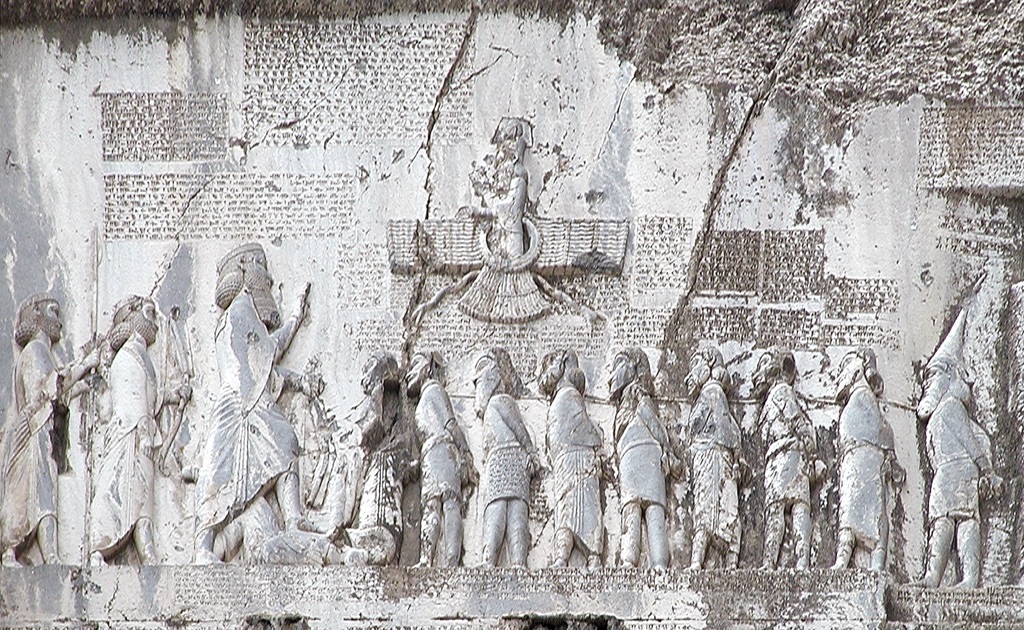
A Trilingual Key to Cuneiform
The inscription is written in three distinct languages, reflecting the linguistic diversity of the vast Achaemenid Empire:
- Old Persian – the official language of the Persian court
- Elamite – a language used in administration
- Babylonian (Akkadian) – a widely spoken language in Mesopotamia
By analyzing these parallel texts, 19th-century scholar Sir Henry Rawlinson was able to crack the code of cuneiform, providing the key to translating thousands of ancient texts from Mesopotamia.
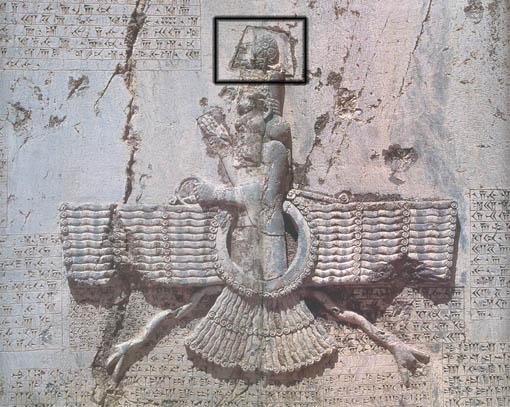
The Historical Context and Content
The Bisitun Inscription serves as a royal proclamation by Darius I, justifying his seizure of the Persian throne. The text narrates:
- Darius’ lineage and his claim to legitimacy
- His victory over usurpers who challenged his rule
- His devotion to Ahura Mazda, the supreme god of Zoroastrianism
Accompanying the text is a large relief depicting Darius standing over his defeated enemies, a powerful symbol of his divine right to rule.
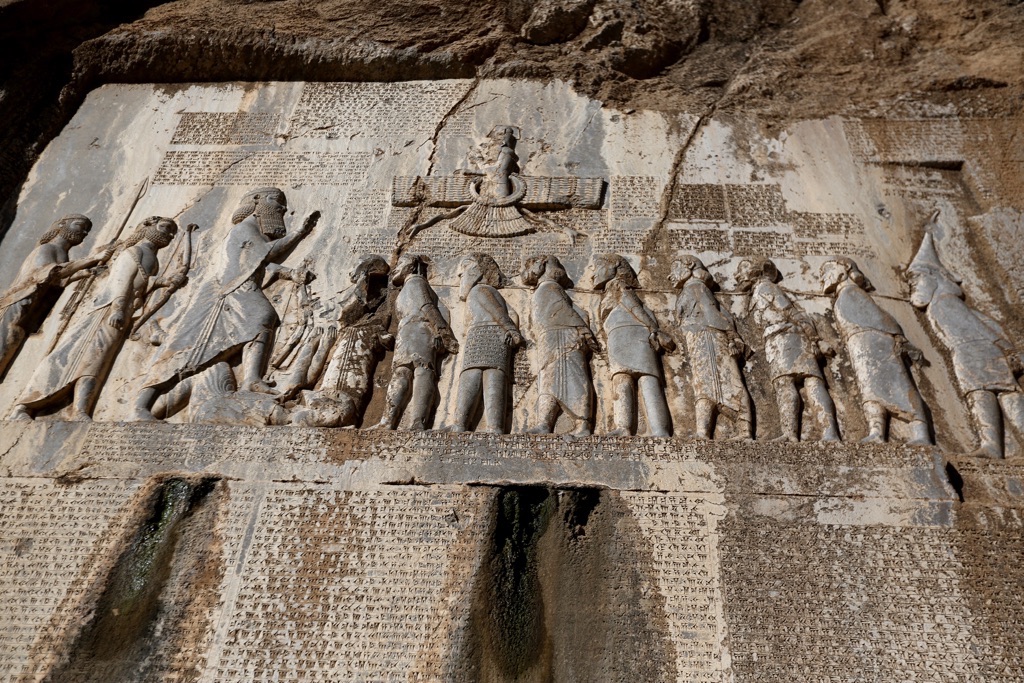
The Role of the Inscription in Modern Archaeology
Before the Bisitun Inscription was deciphered, cuneiform remained an undeciphered mystery for centuries. Rawlinson’s work in the 1830s and 1840s proved that cuneiform was syllabic, rather than alphabetic, leading to the translation of countless tablets from Sumer, Akkad, and Babylon. This breakthrough allowed scholars to reconstruct the history, literature, and administration of the ancient Mesopotamian world.
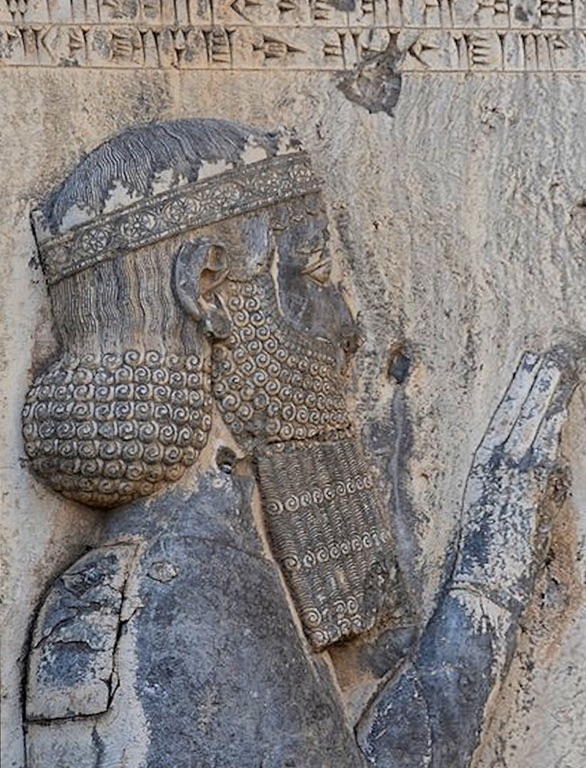
A UNESCO World Heritage Site
In 2006, the Bisitun Inscription was designated a UNESCO World Heritage Site, recognized for its profound linguistic, artistic, and historical significance. It continues to attract historians and archaeologists eager to learn more about the Achaemenid Empire and the evolution of written language.
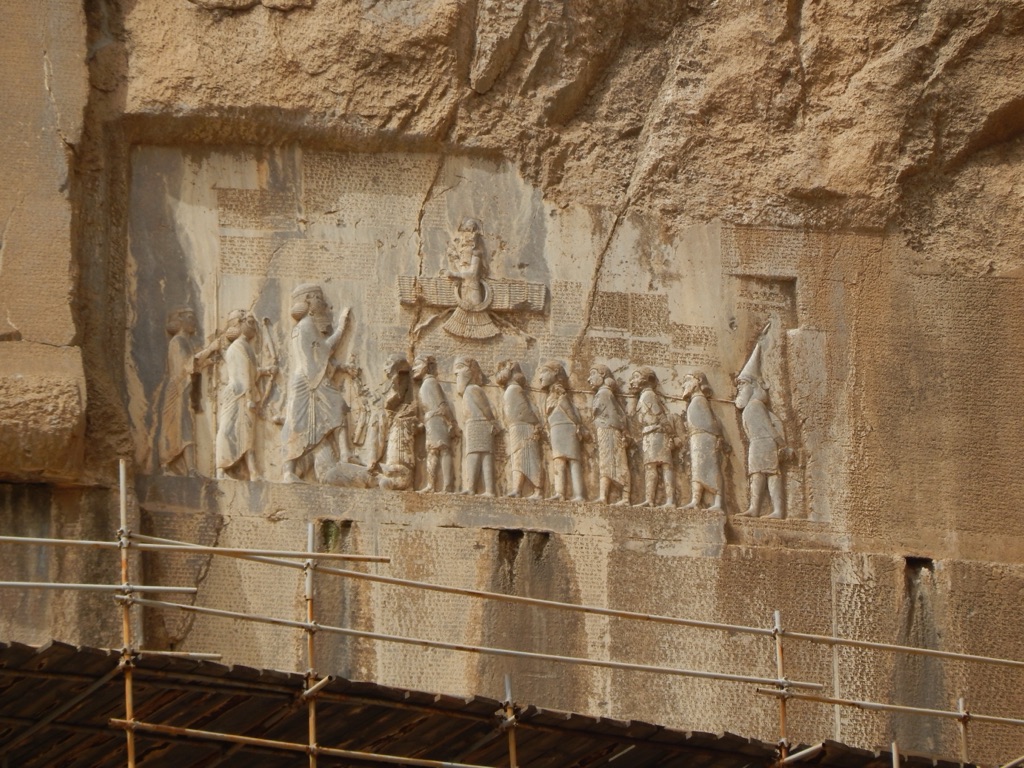
Conclusion: A Monument of Power and Knowledge
The Bisitun Inscription is more than just an ancient text—it is a testament to the power of writing, political authority, and cultural exchange. Its discovery and decipherment revolutionized our understanding of the ancient Near East, offering a rare glimpse into the minds and governance of a civilization that shaped history.

